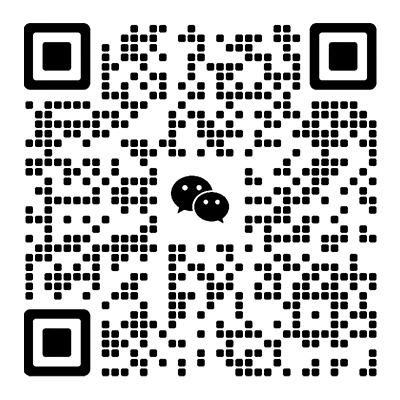Thrust bearing mounting precautions
For bearings with a tapered bore, the inner ring is always mounted with an interference fit. Unlike cylindrical bore bearings, the degree of interference of tapered bore bearings is not determined by the selected shaft fit tolerance, but by the distance the bearing has advanced on a tapered journal, bushing or withdrawal sleeve. The radial internal clearance of the bearing decreases as the bearing advances on the tapered journal. By measuring the reduction value, it is possible to determine the degree of interference and the tightness of the fit.
When installing self-aligning ball bearings, toroidal roller bearings, spherical roller bearings and high-precision cylindrical roller bearings with a tapered bore, the radial internal clearance reduction or axial advance distance on the tapered base is determined as a measure of the amount of interference. Guideline values for clearance reduction values and axial advance distances are described in the relevant product section.
Small bearings
Small bearings can be pushed to a tapered base using a nut. In the case of bushings, socket nuts are used. A small withdrawal sleeve can be pushed into the bearing bore with a nut. The nut can be tightened with a hook wrench or pneumatic wrench. Before starting the installation, a little oil should be added to the surface of the journal and sleeve.
Large and medium-sized bearings
Large bearings require significantly increased mounting forces and should use hydraulic nuts and/or oil injection methods.
Both of these methods significantly simplify the installation process. The oil-filling equipment required to operate the hydraulic nuts and use the oil-filling method is available. Detailed information on these products can be found in the relevant section of the online catalogue "Maintenance and Lubrication Products".
When mounting IKO bearings with hydraulic nuts, they must be positioned on the threaded part of the journal or on the thread of the sleeve so that the ring piston is close to the inner ring of the bearing, the nut on the shaft or the retaining ring mounted at the end of the shaft. Oil is pressed into the hydraulic nut by an oil pump to move the piston upward in the shaft with the force required for safe and precise installation. Using a hydraulic nut, mount the spherical roller bearings to
Using the oil injection method, oil is injected between the bearing and the journal under high pressure to form an oil film. This oil film separates the mating surfaces, significantly reducing the friction between the mating surfaces. This method is generally used when mounting bearings directly to tapered journals, but is also used to mount bearings on adapter sleeves and push-back sleeves specially prepared for the oil injection method. The oil pump or oil injector generates the necessary pressure to inject oil between the mating surfaces through the grooves and separation channels on the shaft or sleeve. When designing the bearing layout, it is important to consider arranging the necessary grooves and channels on the shaft. Spherical roller bearings are mounted on an oil groove withdrawal sleeve and the discharge sleeve is pressed into the bearing bore by injecting oil into the mating surface and tightening the screws in turn




